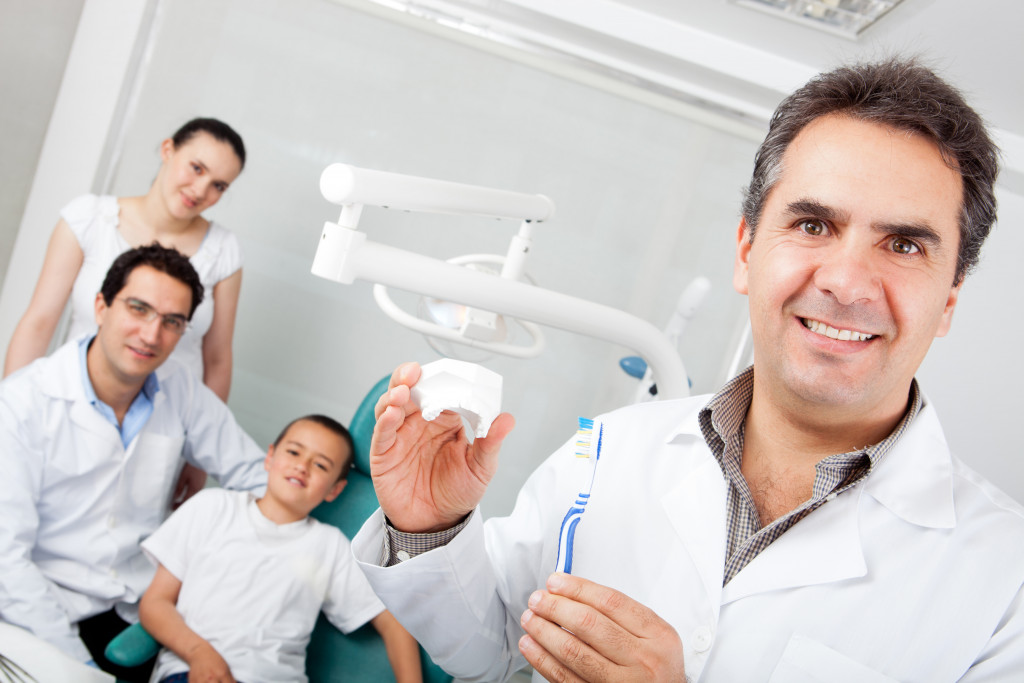Good oral health is essential for overall health and well-being. Unfortunately, many people don’t receive the education they need to properly care for their teeth and gums. This is where oral health education and awareness campaigns come in. These campaigns can be a powerful tool in helping communities understand the importance of proper dental hygiene habits and how to implement them into their daily lives. Here’s a closer look at how these campaigns can benefit communities.
Improved Oral Health Outcomes
Oral health education and awareness campaigns are designed to increase knowledge about oral health, which can lead to better dental hygiene habits and improved oral health outcomes. For example, if people understand the importance of brushing twice daily, flossing regularly, visiting the dentist regularly, and cutting out unhealthy snacks, they are more likely to implement those practices. This leads to healthier teeth, gums, and overall good oral health. You can break down the campaign depending on the age group:
Campaign for Children
Children are the most vulnerable to dental diseases, so they must receive proper education and awareness. For children, your campaign can focus on brushing and flossing, proper nutrition, regular dentist visits, and healthy snacking habits. It’s also important to encourage parents to teach their children the right dental hygiene habits, especially if their children are still too young to practice it on their own.
Campaign for Adults
Adults should be aware of the risks associated with poor oral health, such as periodontal diseases and cavities. For adults ages 35 and older, you can also highlight the importance of preventing gum diseases and keeping teeth clean after eating. Adults may also need to be reminded to visit the dentist at least twice a year for regular check-ups, especially if they don’t already do so.
Campaign for Seniors
Oral health education and awareness campaigns for seniors are more special. Since they may have experienced tooth loss, tooth replacement options, such as dental implants and dentures, should be discussed. Invite experts to discuss the importance of replacing lost teeth and the best available options. Generally, these options are better than leaving the gap in place since they can lead to more complications, such as jawbone loss.

Reduced Dental Costs
Going to the dentist can be expensive for many families who don’t have access to dental insurance or affordable care options. This leads to people avoiding the dentist, which can lead to poor oral health. Fortunately, oral health education and awareness campaigns can help reduce these costs by ensuring people understand how important it is to take care of their teeth daily. You can focus on educating the community about available resources, such as free or low-cost dental clinics and programs, so everyone can access affordable care.
Additionally, the community should be aware of how preventive care can help lower the cost of restorative care. For example, regular dentist visits and brushing twice a day can reduce the likelihood of needing to get fillings or root canals in the future. Or, if a problem is detected early, it may be easier to treat and less expensive.
Accessible Education Materials
Oral health education and awareness campaigns provide access to materials that make learning about good dental hygiene practices easy for everyone. Educational materials such as interactive activities, videos, infographics, posters, websites, and social media posts—all available in multiple languages—make it easier for people from all backgrounds and walks of life to learn about proper dental care habits without feeling overwhelmed or intimidated by complex medical jargon or hard-to-understand topics. This helps ensure that everyone gets the information they need regardless of their level of expertise or experience with dentistry.
You can also provide physical materials and resources for those who do not have internet access or feel more comfortable learning in a traditional setting. This includes brochures, booklets, pamphlets, and other educational aids that can be distributed to schools, libraries, community centers, and other public places where people can access them. You can also make the materials more creative by integrating storytelling, games, puzzles, and other interactive elements where everyone will be encouraged to practice good oral hygiene habits.
You can also customize these materials based on their age group. For example, you can use visuals and cartoons to make the material more appealing for children. In contrast, you can use more technical details and data for adults. Furthermore, you should also ensure that the materials are easy to understand, clear, and concise so that everyone can comprehend and apply the information in their daily lives.
Oral health education and awareness campaigns are essential for promoting healthy teeth and gums across all age groups. It’s important to ensure everyone can access the information to make informed decisions about dental hygiene habits. By caring for the community, you can be instrumental in helping improve overall dental health outcomes while reducing the cost of dental care.


